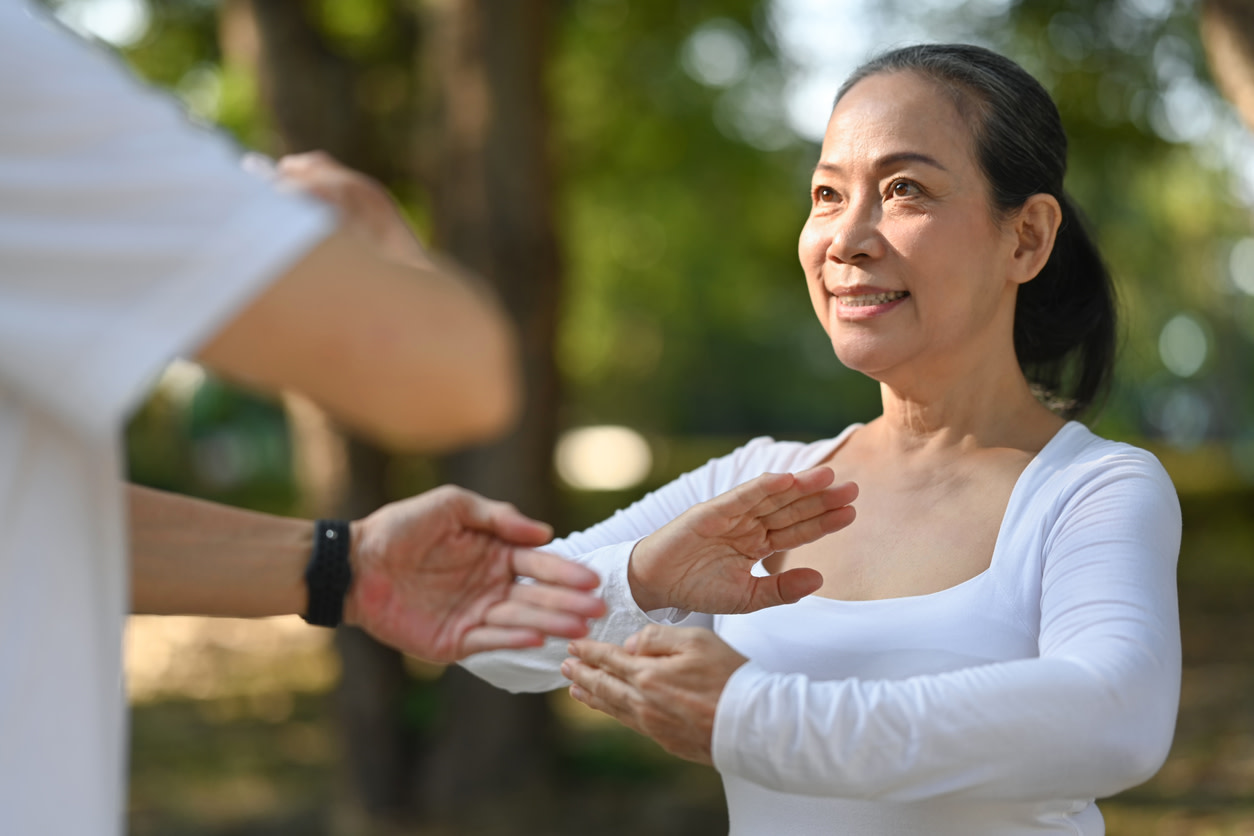Tai Chi Benefits: Why It Helps Improve Your Health
Discover the health benefits of tai chi and why physical therapists recommend it to improve pain and well-being.
$0 cost to you
Published Date: Oct 14, 2024
Table of Contents
Introduction to Tai Chi
Want expert care? Check if you're covered for our free program →Warm-Up Exercises Before Doing Tai Chi
Want expert care? Check if you're covered for our free program →- Body Weight Shifting
- Wall Angels
- Standing Rotation
- Mini Side Lunge
- Mini Squats
